The information contained in this article is not intended as legal advice and may no longer be accurate due to changes in the law. Consult NHMA's legal services or your municipal attorney.
As planners, we know community engagement is essential. Outreach and engagement efforts keep us in compliance with federal and state requirements related to nondiscrimination. The American Planning Association
and American Institute of Certified Planners have stated that we have an ethical obligation to give people the "opportunity to have a meaningful impact," and ensure involvement opportunities are "broad enough to include those who lack formal organization or influence."
However, in a post-COVID era where people’s time and attention are constrained, the traditional workshop or public meeting may not be generating the same impact it once did – and many planners are looking for new ideas to reinvigorate their engagement toolbox. This article offers inspiration from three Regional Planning Commissions who are reframing strategies and embracing new technologies to create effective and multifaceted community engagement approaches. By getting intentional about meaningful engagement, planners have the opportunity to build trust, foster consensus among diverse community members, and cultivate stakeholder
buy-in to ensure plans get implemented.
Capturing the Full Spectrum of Engagement Opportunities - Suzanne Nienaber, Southern NH Planning Commission
Rather than taking a piecemeal approach, planning organizations can become more deliberate about incorporating community engagement throughout our day-to-day work. At the Southern NH Planning Commission (SNHPC), we used a periodic update to our Public Participation Plan (PPP) to do just that. To update the PPP, we facilitated interactive conversations with staff and Commissioners to capture SNHPC’s shared priorities related to public participation. Updated goals address: 1) expanding access to inclusive engagement opportunities; 2) building public awareness of regional priorities and programs; 3) strengthening stakeholder partnerships; and 4) regularly assessing our progress by tracking public participation performance measures.
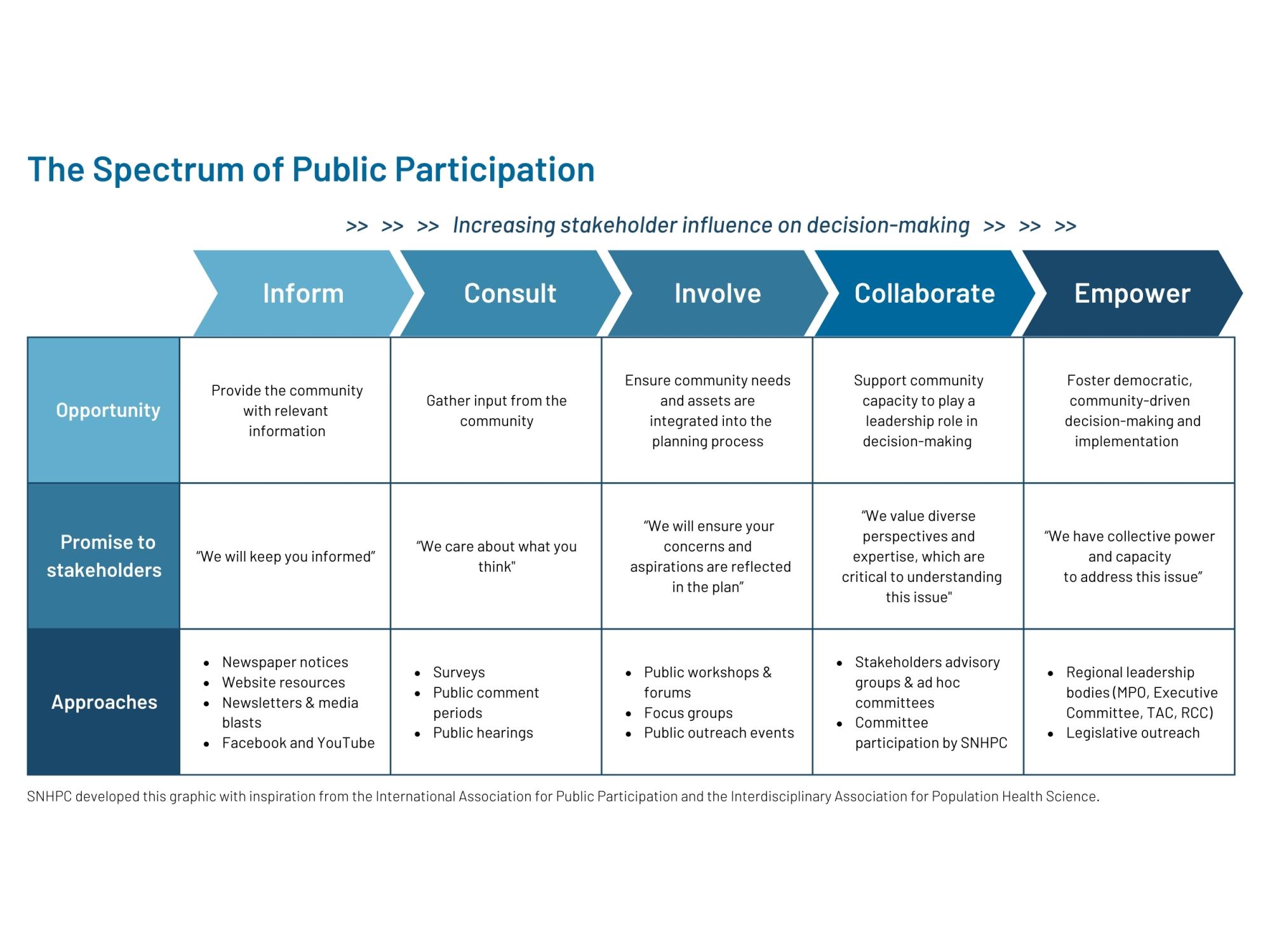
Through this process, staff took a close look at our engagement toolbox to assess how different activities achieve different outcomes. By thinking of public engagement as a spectrum, we can create multiple entry points for involving the region’s stakeholders in a manner that works best for them – and for the unique needs of each project. SNHPC developed a “Spectrum of Public Participation” framework that’s tailored to the needs of planning professionals (see Figure 1).
While the PPP is a federally-required transportation planning document for Metropolitan Planning Organizations, it benefits all aspects of SNHPC’s work. For example, our team is working with the Town of Chester on their Master Plan and activating this framework using the following approaches:
- Inform: Collaborating with a highly engaged Steering Committee to create a project website and promote virtual and in-person engagement opportunities via newsletters, social media, postcards, yard signs, and programs on Chester Public Access Television.
- Consult: Conducting a survey (both online and on paper) to capture detailed input from 400+ community members.
- Involve: Facilitating a community workshop to promote dialogue on interrelated questions related to land use, housing, transportation, and natural resources.
- Collaborate: Working with a Steering Committee comprised of dedicated community leaders to shape ongoing public engagement efforts – including bringing local experts to the table to weigh in on draft plan content through virtual and in-person conversations.
- Empower: Meeting with Town decision-makers (e.g. Planning Board, Select Board, School Board, Conservation Commission) to discuss the Master Plan update process and provide the opportunity to integrate their own strategic priorities.
While the PPP was published in 2023, it remains a living document that continuously shapes SNHPC’s work. Staff hold quarterly meetings to track PPP performance measures and hold candid discussions about engagement successes and challenges. By embedding a proactive engagement framework into everyday work, team members are able to continuously learn from and support each other across all planning projects.
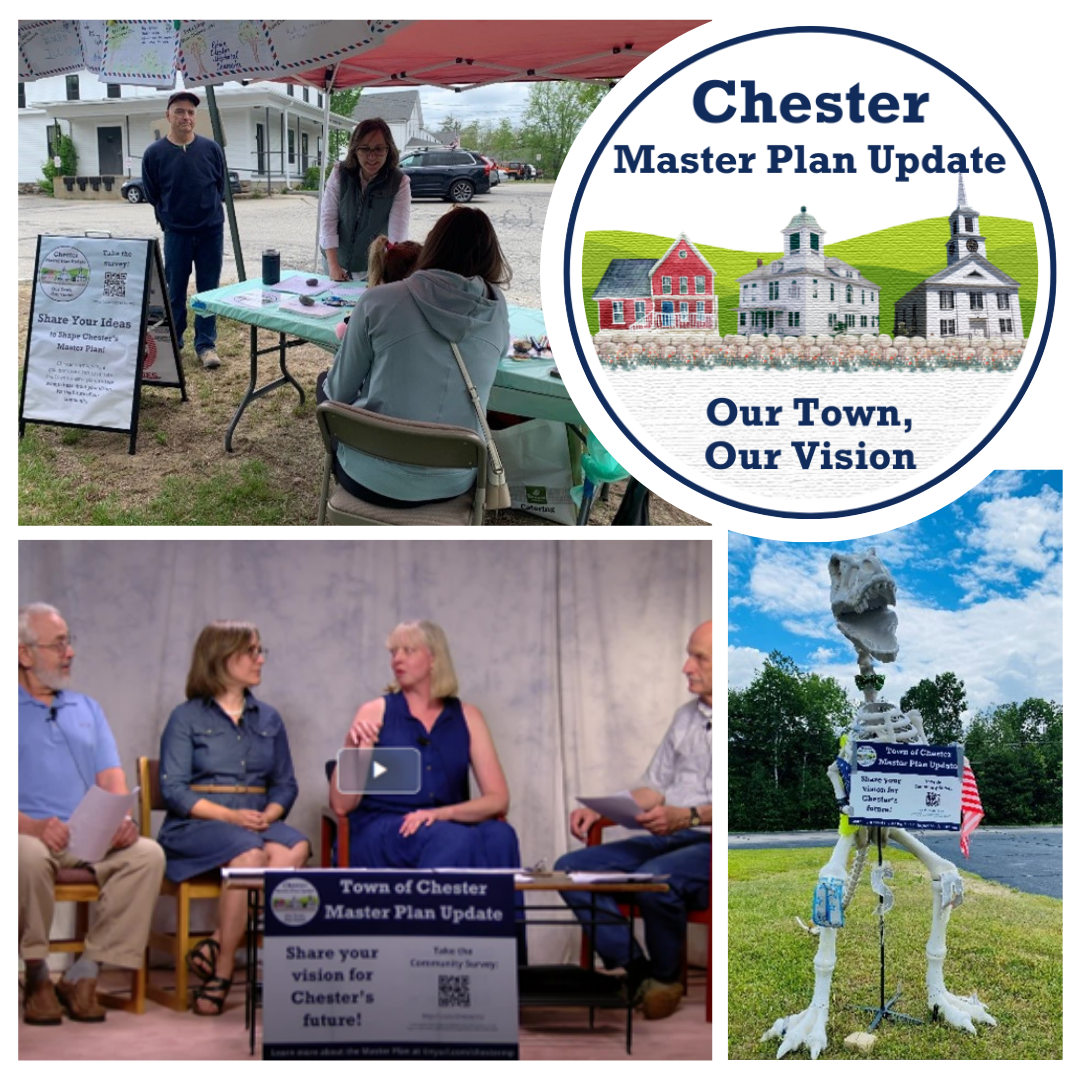
Engagement Tools for the 21st Century - Angela Cleveland, AICP, North Country Council
Statistics show that more people than ever are using social media and other electronic forms of communication in their day to day lives. How do some of the more innovative tools and techniques work though? Can we really expect people to participate electronically… meaningfully? In my experience, yes! But it shouldn’t be the only method of engagement. A meaningful engagement plan needs to include a strong mix of engagement styles including in person and virtual, and they should be mixed with ongoing activities and single events so you can keep people engaged throughout the planning process. Let’s explore some of the styles of engagement and the various tools you can employ:
In-Person Activities - Single Day
In-person events are essential to building community. There are so many ways to engage people in person - it doesn’t need to be through your traditional public meeting. And the best part is, some of these can piggy-back with existing events - bonus! Some of the exercises and techniques that engage the public collaboratively in person, include:
- Open House: single day event with flexible agendas, where people can come and go as they want, and respond to/participate in smaller events or booths to provide feedback and discuss with fellow residents/ businesses.
- Post-it Note Flash Mobs: can be held on vacant storefronts, City/ Town Hall windows, or really anywhere where there’s a large vacant stickable space. The concept is that people respond to a question on a post-it note, and put it up with the other comments. Comments are collected and used in the planning process.
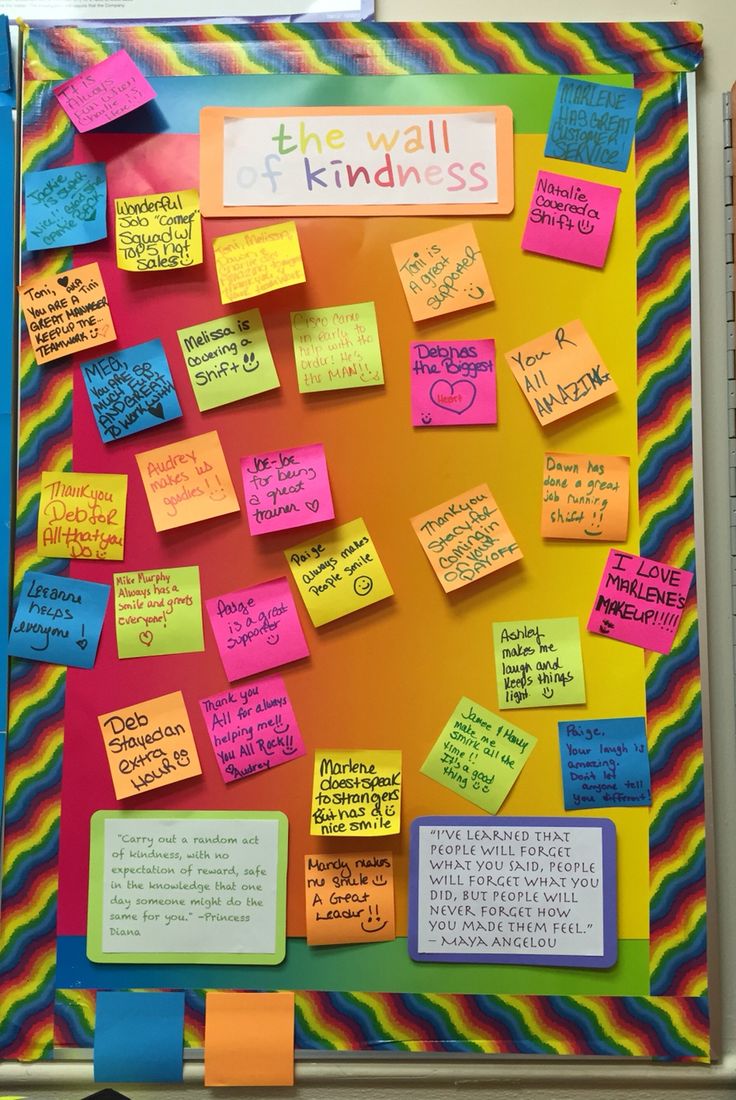
- Speed Planning: this type of event is organized like speed dating, where participants are paired off, given a question and a specific amount of time for each participant to answer the question and then they are asked to move over to the next seat. This is a fun event for teens and younger people, but all ages will enjoy this!
- Visual Preference Surveys: Visual preference surveys assess the public's perspective on images of natural and built environments. The process involves asking participants to view and rate a wide variety of images depicting streetscapes, land use, site design, building type, aesthetics and amenities. This can be done as its own event, as part of an open house, or even virtually.
Ongoing In-Person Activities
Planning projects like Master Plans and Regional Transportation Plans are completed over a year or longer, allowing for a number of engagement opportunities. In order to keep people’s attention and engage them throughout the process, planning teams should consider providing ongoing in-person events to keep the conversation going. Again, these can be coordinated with existing programming, so the planning team doesn’t need to find space and secure other resources to host the activity. Some examples of existing venues include: farmer’s markets, cafes, grocery stores, or music events/concerts. In-person activities that continue the
conversation include:
- Chatter Box: In Yorktown, a neighborhood in Philadelphia, the community was creating a new master plan. To engage the community, they created a box (see photo)where residents could record their stories about the neighborhood. The stories were used on the radio, TV, and at events to promote pride in the neighborhood and learn what should be preserved and appreciated, or modified to fit the needs of existing and new generations. This was so successful that it resulted in the creation of a community space in the neighborhood where conversations continued for years to come.
- Informal Café Conversations/Meet ups: Host regular “office hours” of the planning team (or for a subcommittee or task force) to invite community members to meet on a regular basis to discuss community issues. There doesn’t need to be an agenda, but it helps to have a theme to drive interest and stay on topic.
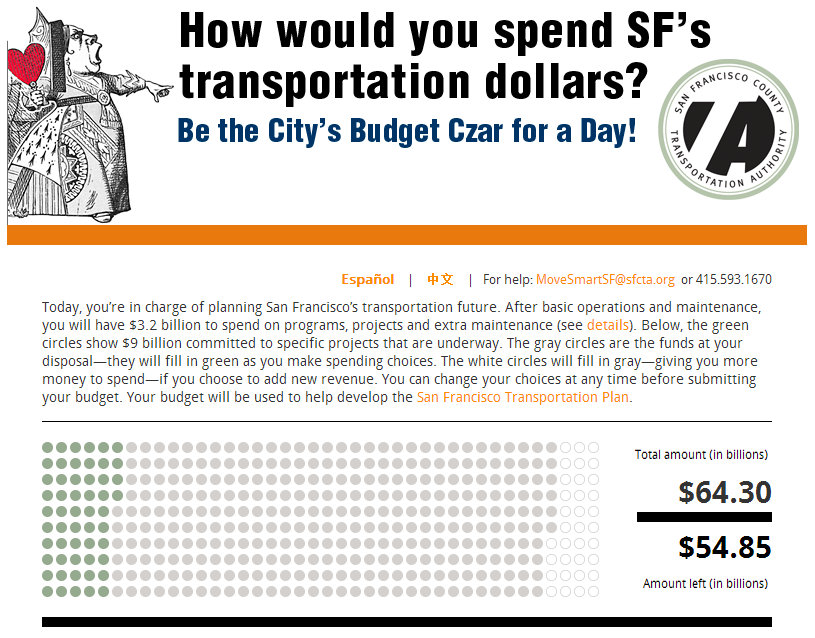
Ongoing Virtual Tools - One-Way
There are a lot of virtual tools that can be used to engage the public. One set of tools is one-way, meaning they are meant to put out information to promote, educate or elicit individual (usually anonymous) responses. These types of tools are recommended to be used to support the planning process in concert with other tools, like in-person events and even other virtual tools (see below). One-way virtual tools include:
- Newsletters: Using tools like MailChimp or Constant Contact.
- Websites/webpages: Provide content on existing webpages or build a website. Don’t forget to use a QR code!
- YouTube: Upload presentations, videos from your planning project, or even advertisements. Have fun with it!
- Surveys: There are a number of survey tools out there. Tools like Survey123 and SurveyMonkey cost money, but Microsoft and Google have survey tools (called forms) that can serve the purpose just as well.
- Scenario Planning Tools: there are a number of online scenario planning tools that allow residents to engage in situations that give the community feedback. For example, a common one is a Budget Simulator
where residents give feedback on municipal budgets (see photo of Budget Czar from San Francisco). They are given a budget and allowed to “spend” the budget on line items that are important. They can watch as the budget changes, giving them an appreciation for how much municipal departments spend on services. These do cost money, but can be very effective in working with residents on sensitive issues.
Ongoing Virtual Tools - Two-Way
Two-way virtual engagement has been a very important tool over the past decade. Pre-COVID, a lot of tools had been launched to engage people in game-like experiences for people of all ages, and once COVID hit, there have been even more. There are a number of virtual tools that are collaborative, and they include: mySidewalk, Neighborland, coUrbanize, and MetroQuest. Social media can also be a useful two-way virtual tool, but needs a champion to ensure that residents’ comments are addressed. It is also useful to have a social media strategy to ensure you are staying on track with the planning project phases and tasks and monitoring the engagement statistics to assess what is working and not working– from the timing of your posts to who you are tagging.
Overall, it is suggested to develop an engagement plan that uses a variety of the techniques recommended above. As you are developing your plan, think about:
- What are you engaging the public in?
- Who is the public? Composition? Demographics? Language?
- What kind of resources do you have?
- What is your timeline?
The answers to these questions will help you decide which tools to use, how long to use them, and how to integrate them into your overall planning process.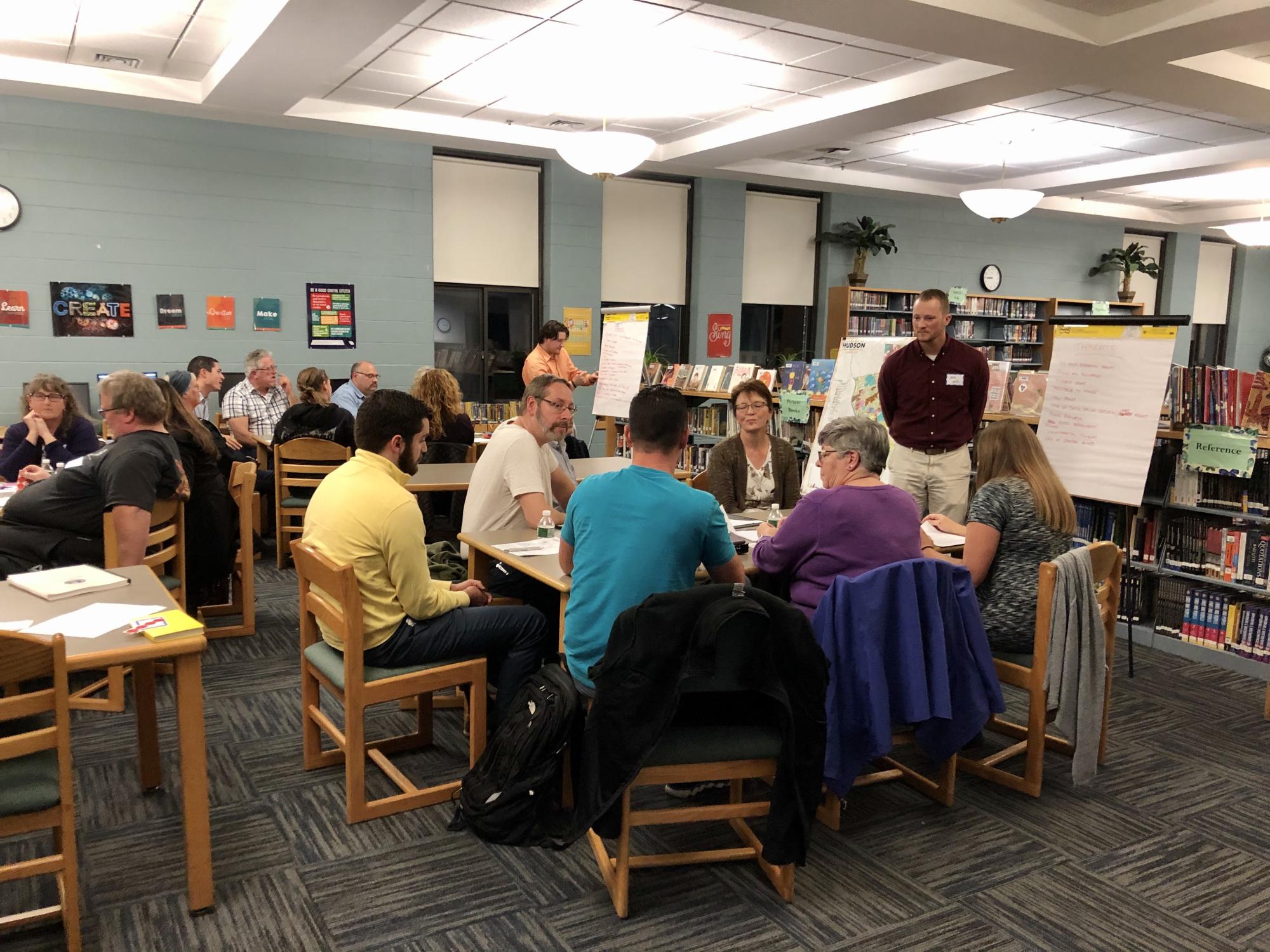
Engagement Toolkit:
- MindMixer: www.mindmixer.com (Paid)
- Neighborland: https://neighborland. com/ (Paid)
- Courbanize: https://www.courbanize. com/ (Paid)
- Poll Everywhere: https://www.polleverywhere. com/ (Free and Paid)
- Social Media: www.facebook.com http://instagram.com/ (Free)
- QR Codes: http://qrcode.kaywa.com/ (Free)
- WordArt: https://wordart.com/ (Free)
- ChatterBox: http://interfacestudio.com/projects/yorktownneighborhood-plan/ (Free, with minor materials)
- SurveyMonkey and Survey123: http://www.surveymonkey.com/,www.arcgis.com (Paid)
- Microsoft Forms and Google Forms (Free)
- MailChimp and Constant Contact: www.mailchimp.com, https://www.constantcontact.com (Paid)
- Websites: http://wordpress.com/, https://www.squarespace.com, https://www.webador.com (Paid)
- Budget Simulators: http://demo.citizenbudget.com and http://www.sfbudgetczar.com/ (Paid)
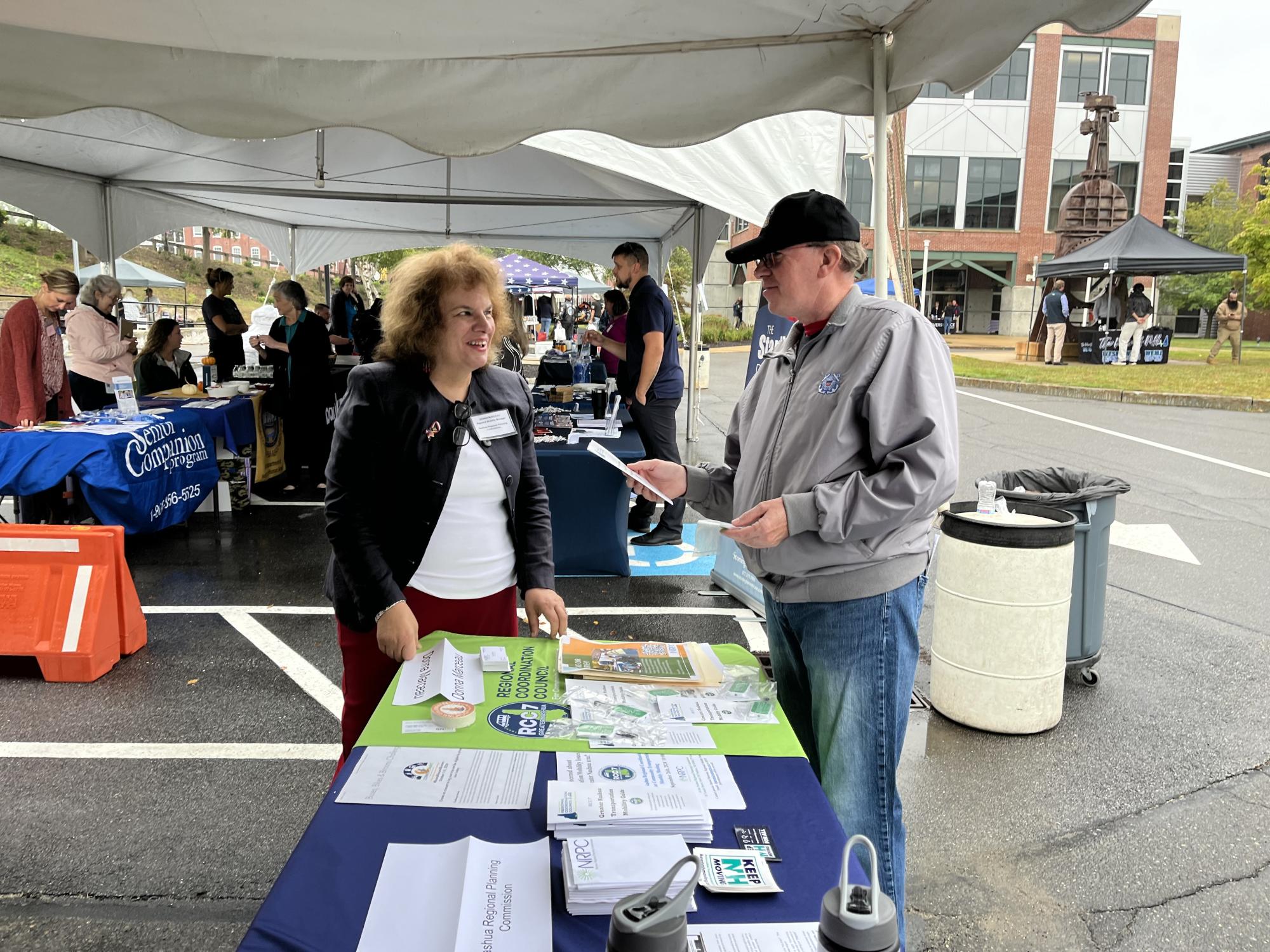
On the Ground Engagement -Jay Minkarah, Nashua Regional Planning Commission
Outreach efforts occur in a variety of ways and in different places, and depend on the goals of the initiative. For master plans and other common planning initiatives, planners can use charrettes. Charrettes are 1-3 day planning workshops where participants are organized into small groups to brainstorm on particular topics with the assistance of a facilitator (see Figure 2).
For NRPC’s Mobility Management Program, a different approach is required. The recipients of regional mobility management services are mainly older adults, people with disabilities, low-in come individuals, diverse cultures, and veterans. The primary goal of the Mobility Management Program is to disseminate information about available transportation resources in the Greater Nashua Region and to better understand the needs of the populations served. This requires NRPC to meet people where they are and to be engaged in the community. Most commonly, this engagement involves one or more staff members sitting at a booth at community fairs, festivals, and events where target population groups are likely to be present (see Figure 3). Maintaining a visible presence in the community also creates a sense of familiarity and trust so that residents feel comfortable reaching out to our staff when needed. These stakeholders are also more likely to participate in other outreach and engagement approaches such as attending public meetings or responding to surveys.
The community festivals highlighted below are examples of some of the events NRPC staff have participated in since the inception of NRPC’s Regional Mobility Management Program in 2023.
- Brazilian Festival is held in a local park every two years. This festival highlights the rich offerings of the Brazilian community in Nashua including delicious food, lively music, and local Brazilian business. These efforts led directly to increased attendance by members of the Brazilian community at our Regional Coordination Council for Community Transportation meetings.
- Harvest Fest was held at a local Title 1 Elementary School with students, parents, teachers, and administrators to promote a walk-to-school project.
- Quinceanera was the 15th anniversary of the Rogers Memorial Library in Hudson with an authentic Mariachi Band, Spanish-themed refreshments, and recognition of the donation of the Rogers Family in the building of the Library.
- Tree Street Block Party is held annually in a downtown neighborhood in Nashua featuring community groups, public officials, and community members.
- The Multicultural Festival of Greater Nashua recognized Nashua as a Welcoming City. The Festival began with a flag parade of the many cultures represented in Nashua and featured singers, dancers, and performers from many cultures including Chinese, Asian Indian, Spanish, Brazilian, and American. Approximately 800 people attended the 2024 Multicultural Festival.
- Milford Pumpkin Festival is held annually in downtown Milford. This event brings people from around the region. It is a true community event with families, civic organizations such as the Rotary and Lions Clubs, and public officials.
- The Multicultural Diwali Festival held at Rivier University in Nashua. This event included Nashua’s large South Asian community along with students, faculty, and staff. Music and dance filled the hall as spectators enjoyed Asian Indian food.
At all of the functions highlighted above, NRPC staffed a booth and often participated in other event activities. Participation in these events served to deliver the message of regional mobility management to as many residents who need transportation services as possible while providing staff with a much deeper understanding of the needs of our increasingly diverse community.
As planners and public sector leaders, we are responsible for communicating and collaborating with a wide variety of stakeholders – including the general public, local decisionmakers, and residents in need of services. No matter what your community’s unique challenges may be, we hope this article has inspired you to experiment with a new strategy or two to keep everyone engaged and informed.